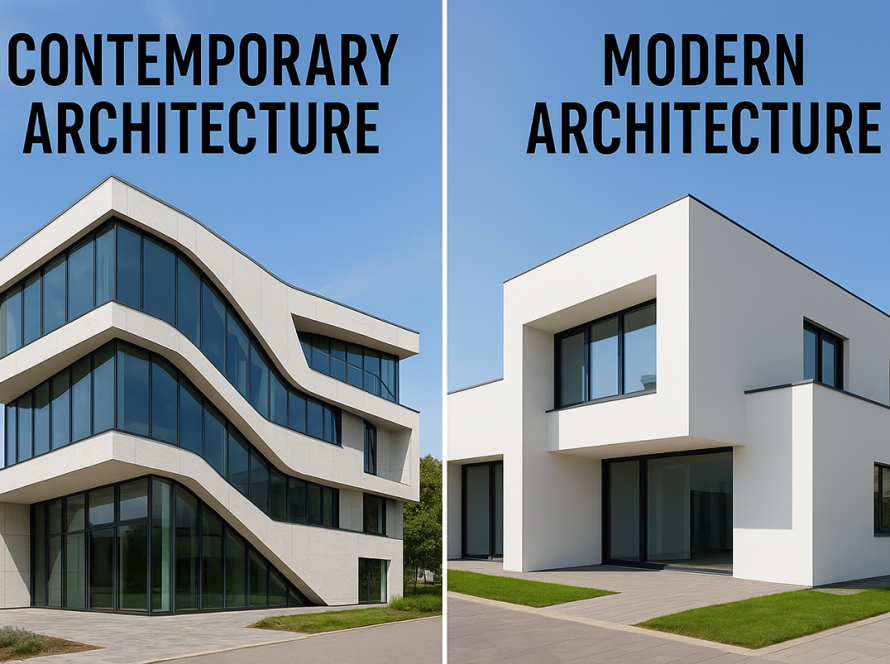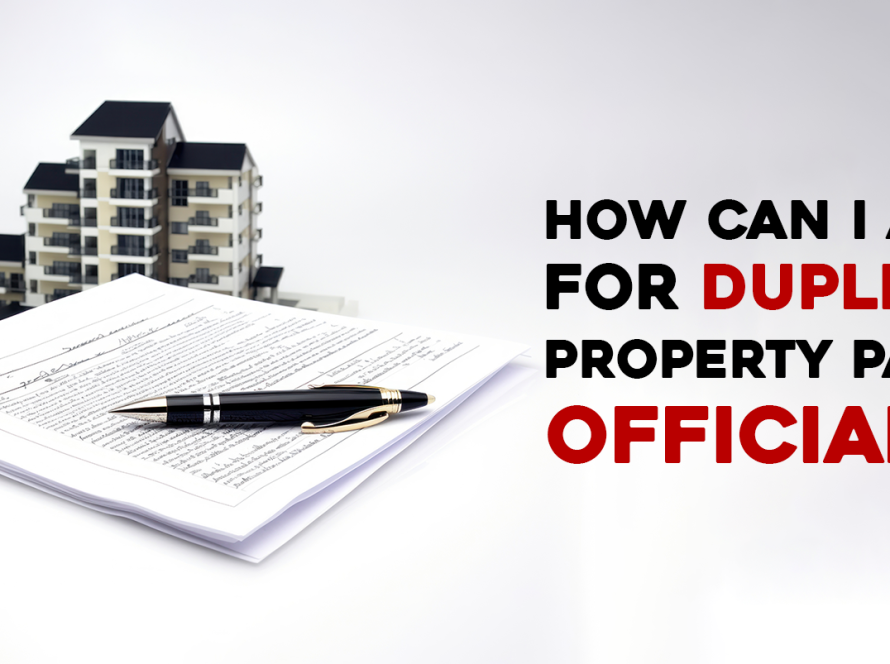Introduction
Beam Size for Building is one of those technical details that may not grab headlines but plays a foundational role in ensuring your home is safe, durable and built to last. Whether you’re investing in villas in Chennai, villas in Coimbatore or villas in Madurai through one of the best villa developers in India, understanding beam sizing is crucial. For NRIs remotely investing in premium projects by a builder like VNCT Global (behind developments such as Brookside Residences, Palm Beach, Creek Residences, Park Villas and Ocean Drive Villas), it’s important to know how beam size impacts structural safety, what to expect, and how to raise the right questions. In this guide, we’ll dive into what a beam is, the importance of sizing, how to calculate size roughly, standards in India, tips for NRIs, and how to avoid common pitfalls so your investment is not only stylish but sound.
What is a Beam and the Importance of Beam Size for Buildings?
A beam is a horizontal structural member that carries loads (from floors, walls, slabs, or roofs) and transfers them to supports such as columns or walls. When we talk about “beam size for building”, we mean its cross-sectional dimensions (width and depth) along with reinforcement, material strength and span. If the beam is undersized, the risks include excessive deflection, cracking, sagging, vibration or ultimately structural failure. On the flip side, correct beam sizing contributes to longevity, safety and even resale value—something NRIs looking at villas in Chennai or elsewhere want to be assured of when working with one of the largest villa developers in India.
Key Factors That Influence Beam Size
Several factors affect what size beam you need:
- Span: Longer spans require deeper (and often wider) beams to resist bending.
- Loads: Dead loads (self‐weight, finishes), live loads (occupants, furniture), and any special loads (e.g., heavy staircases or equipment) influence size.
- Material strength: Concrete grade (e.g., M20, M30) and steel reinforcement grade (Fe415, Fe500) matter.
- Support conditions: Simply supported beams behave differently from fixed or continuous beams.
- Architectural constraints: In villas built by premium developers like VNCT Global, aesthetics may influence beam depth/width choices (slim profiles, exposed beams).
- For NRIs who can’t visit their property often, it’s important to select beam sizes and detailing that ensure lasting strength and require minimal maintenance over time.
Understanding Common Concrete Beam Size Standards
When it comes to deciding beam sizes in India, most builders and engineers refer to the IS 456:2000 code. It’s the standard guide for both plain and reinforced concrete work. As a rough idea, a beam should be at least 200 mm wide if it’s expected to resist fire for about two hours.
Apart from the official code, there’s also a simple rule people often follow on-site the beam’s depth is usually taken as roughly one-fourth of the clear span. It’s not a strict formula, but it helps in maintaining a good balance between strength and material use.
How to Calculate Beam Size for a Building?
Here’s a simplified step-by-step approach you can follow or ask your structural engineer about ideal if you’re investing in a villa from a reputed builder and want to face the right questions.
Step 1: Understand the Span and Load
Identify the clear span of the beam (distance between supports) and estimate the combined loads (dead + live loads).
Step 2: Calculate Effective Depth (d)
Using rough formulas (from IS 456:2000) you can calculate an approximate effective depth (d) for bending resistance.
Step 3: Calculate Total Depth (D)
Add clear cover, bar dia/2 and any protective coatings to the effective depth to get the total depth D.
Step 4: Determine Beam Width (b)
Once D is established, width b can be chosen. A commonly used rule is b ≈ D/1.5 or minimum 200–230 mm.
Step 5: Check Ratio b ÷ D
Ensure width to depth ratio (b/D) is above minimum (for example >0.3 in some guidelines) to maintain structural performance
Step 6: Verify Beam Depth Limit
Ensure that beam depth is within limits (for example less than ¼ of span) to prevent excessive depth
Understanding Common Beam Size Standards
IS Code Minimum Beam Dimensions
According to IS 456:2000 and related guidelines: minimum beam width is around 200 mm under certain fire exposure conditions.A practical minimum for small residential spans is often cited as 230 × 230 mm (9”×9”) as a baseline.
Practical Beam Sizes by Building Height
For villas or low-rise buildings (G+1 to G+3), a beam size of 230 × 300 mm (or 300 × 300 mm) can often be sufficient depending on loads and spans.As height increases or spans lengthen, size increases accordingly.
Example Calculation: Simply Supported Beam for 5 m Span
Let’s assume a villa scenario: clear span = 5 m, moderate loads, good material grade.
- Estimate effective depth d ≈ span / 20 = 5000 / 20 = 250 mm (rule of thumb)
- Total depth D ≈ 250 + (cover + bar dia/2) say ~300 mm.
- Choose width b ≈ D / 1.5 ≈ 300 / 1.5 ≈ 200 mm → choose 230 mm for safety.
- So beam size ≈ 230 mm (width) × 300 mm (depth).
Ask your structural engineer to verify with actual load calculations; this is a starting estimate.
Additional Checks for Safety
- Shear capacity: Check shear requirements and provide stirrups accordingly just relying on size alone isn’t enough.
- Deflection limits: Beams must not sag excessively serviceability matters, especially in high-finish villas.
- Material quality & detailing: Ensure good concrete mix, correct cover, high quality rebars builders like VNCT Global emphasise these in luxury projects.
- Seismic & zone compliance: In India’s seismic zones, beams need additional detailing (consult IS 13920 etc).
- Inspection & maintenance: For NRIs, remote monitoring is valuable if your villa is managed by developer/service provider.
Role of the Structural Engineer
Having a well-qualified structural engineer is critical. When you invest in a villa project with a reputed builder (one of the best villa developers in India), you’ll want:
- Verified structural drawings showing beam sizes, reinforcement and loads.
- Third-party checks or audits (especially if you’re overseas as an NRI).
Make sure your builder clearly explains the maintenance and warranty terms, especially those related to the structure’s long-term strength. VNCT Global, known as one of the largest villa developers in India, is transparent about these details and offers solid post-purchase support. When you’re finalizing your villa, it’s worth discussing the beam size and overall structural design to understand how it’s built to last.
Conclusion
Getting the beam size for building right isn’t about guesswork it’s about aligning span, loads, materials and good construction practice. Especially when you’re investing in high-end villas in Chennai, Coimbatore or Madurai with a premium builder, it pays to ask and understand the structural basics. For NRIs in particular, ensuring that your villa’s beams are properly sized safeguards not just your home’s appearance, but its stability, longevity and investment value. With a trusted partner like VNCT Global, you gain structural transparency, quality assurance and NRI-friendly support even while abroad
If you’re ready to explore your villa investment or want to check beam sizing and design details, contact us VNCT Global and we’ll guide you through the structural checklist and ensure your home is built on strong foundations.
FAQs for Beam Size for Building
- Can I pick a standard beam size from a chart instead of custom design?
You might see standard sizes (e.g., 230 × 300 mm) for typical low-rise buildings, but every project varies with span, loads and materials—so custom design by a structural engineer is essential. - My span is longer than 6 m—does that change beam size significantly?
Yes. Longer spans generally require greater depth and/or width, higher grade materials, or alternate solutions (e.g., deeper beams, transfer girders). The rule-of-thumb won’t suffice without calculations. - As an NRI investing in a villa, what should I check regarding beam sizes?
Ask for structural drawings showing beam sizes, spans and loads; ensure the builder uses quality materials; inspect third-party certifications; and ensure remote monitoring/maintenance arrangements are in place. - Does a deeper beam always mean a safer home?
Not necessarily. Using a deeper beam without addressing loads, support, shear capacity or deflection may still result in problems. Beam sizing must be part of integrated structural design—not just bigger is better. - Will using smaller beams save money?
It may reduce initial costs, but undersized beams risk structural issues, costly repairs, poor resale value. For villas built by top-tier developers, quality and longevity usually matter more than minimal cost. - How often should beam condition be inspected?
For premium villas, it’s wise to inspect structural elements every few years (or after major events like earthquakes). If you’re overseas, ask your developer or property manager for periodic inspection reports.





